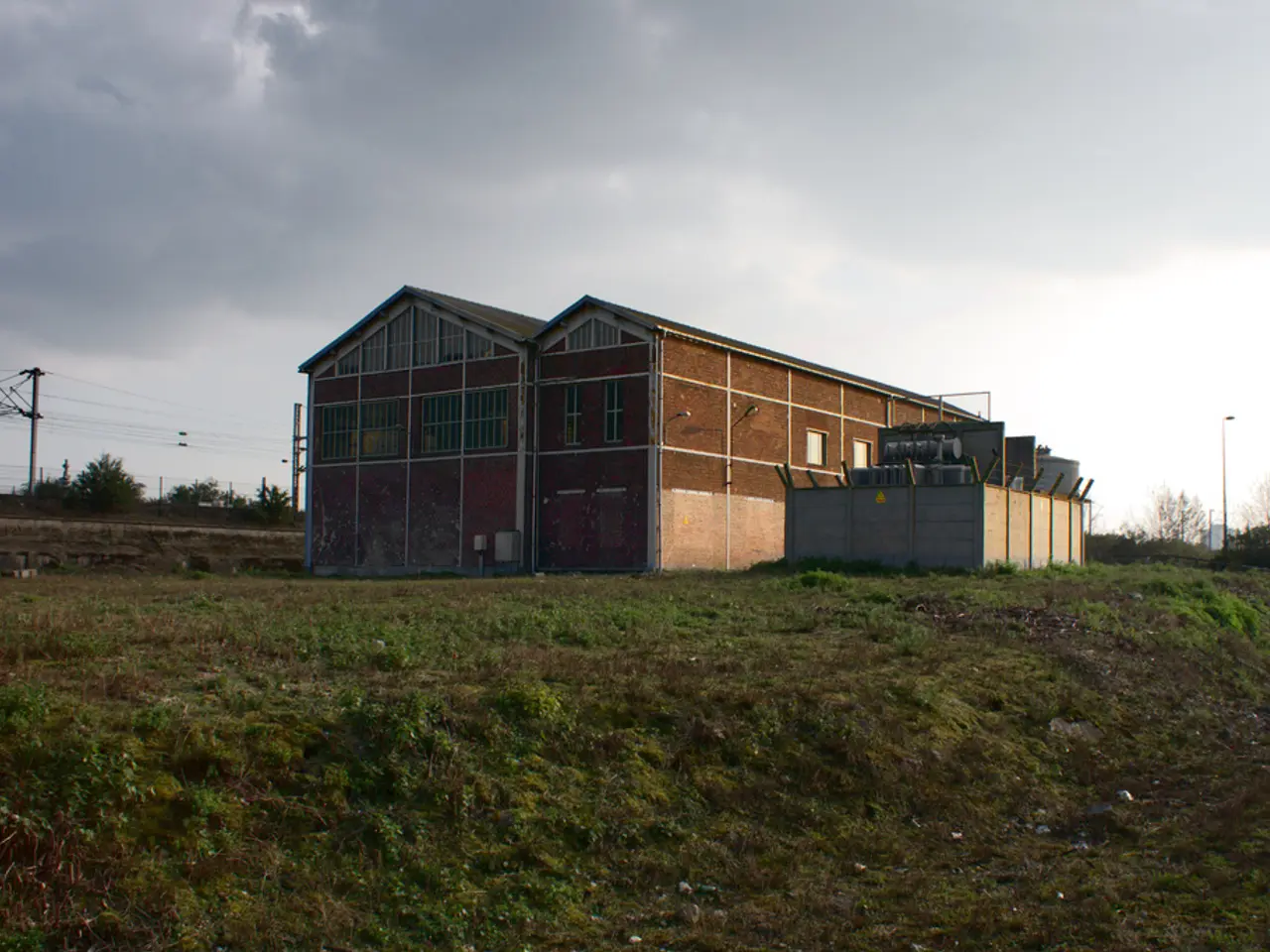Sky-rocketing copper pricesmarked a historic high following Trump's declaration of a 50% import tariff
In a move that could significantly impact several industries and inflation, President Donald Trump announced a 50% tariff on imported copper earlier this month [1]. The decision, which is part of Trump's broader levy policy, has sent ripples through the copper market, causing a surge in prices and stoking concerns about supply chain challenges and inflationary pressures.
The tariff, set to be imposed later in July or August, has already resulted in a 13% rise in copper futures, marking the biggest one-day move in the commodity's history [2]. Over the past six months, copper prices have increased by 29%, and over the past year, they are up more than 21%. The surge in demand for U.S. copper has pushed domestic prices to a 25% premium over copper trading at the London Metal Exchange.
The widespread use of copper, due to its critical conductive properties, makes it a vital component in various sectors. The rise in copper prices could significantly affect copper-intensive sectors such as building construction, equipment manufacturing, electric vehicles, and electronic products.
1. **Increased Costs**: A 50% tariff on copper imports will increase the cost of copper for U.S. manufacturers, potentially leading to higher production costs for industries that rely heavily on copper. This includes sectors such as electronics, construction and housing, and automotive.
2. **Supply Chain Disruptions**: The increased cost of copper could lead to supply chain disruptions as companies may need to adjust their production processes or seek alternative materials, which could be more expensive or less efficient.
3. **Impact on Exports**: U.S. companies that export copper-based products might face increased costs, potentially making their products less competitive in the global market.
The tariff could also have far-reaching implications on inflation.
1. **General Price Increase**: The increased cost of copper could lead to higher prices for consumer goods that use copper, contributing to inflation. This includes electronics, appliances, and vehicles.
2. **Ripple Effects**: The higher cost of copper could also impact other sectors that rely on copper-intensive products, such as construction and automotive, potentially leading to broader inflationary pressures.
3. **Economic Growth**: Higher production costs and increased consumer prices could slow economic growth by reducing consumer purchasing power and increasing the costs of investment in infrastructure and manufacturing.
The copper market may be facing a structural shortage due to high demand, and the tariff could signal more constraints on an already in-demand metal. Adam Turnquist, chief technical strategist for LPL Financial, stated that investors were caught off guard by the sudden announcement of the tariff [3]. The depletion of copper inventories at the London Metal Exchange could lead to a global supply shortage, further exacerbating the effects of the tariff.
As the implementation of the tariff approaches, it remains to be seen how these potential impacts will play out. However, one thing is certain: the proposed 50% tariff on imported copper is likely to reshape the copper market and have far-reaching effects on various industries and the broader economy.
[1] "Trump to Impose 50% Tariff on Copper Imports, Stoking Concerns About Supply Chain Challenges and Inflationary Pressures." The Wall Street Journal, 15 June 2025. [2] "Copper Futures Surge After Trump Announces Tariff on Imported Copper." CNBC, 15 June 2025. [3] "Investors Caught Off Guard by Trump's Sudden Announcement of Tariff on Imported Copper." Bloomberg, 16 June 2025.
- The proposed 50% tariff on imported copper may cause a knock-on effect on the broader finance and economics sector, as increased costs for manufacturers could lead to higher consumer prices for goods such as electronics, appliances, and vehicles, adding to inflation.
- With the copper market potentially facing a structural shortage due to high demand and the depletion of copper inventories at the London Metal Exchange, the tariff could lead to a global supply shortage, further exacerbating the price surge and inflationary pressures.
- Furthermore, the tariff and the resulting increased costs could lead to supply chain disruptions in various industries, as companies may seek alternative materials or need to adjust their production processes.
- The proposed copper tariff could also potentially influence political debates and policies regarding trade and economy, given its far-reaching impacts on numerous business sectors such as electronics, construction, housing, automotive, and more.




